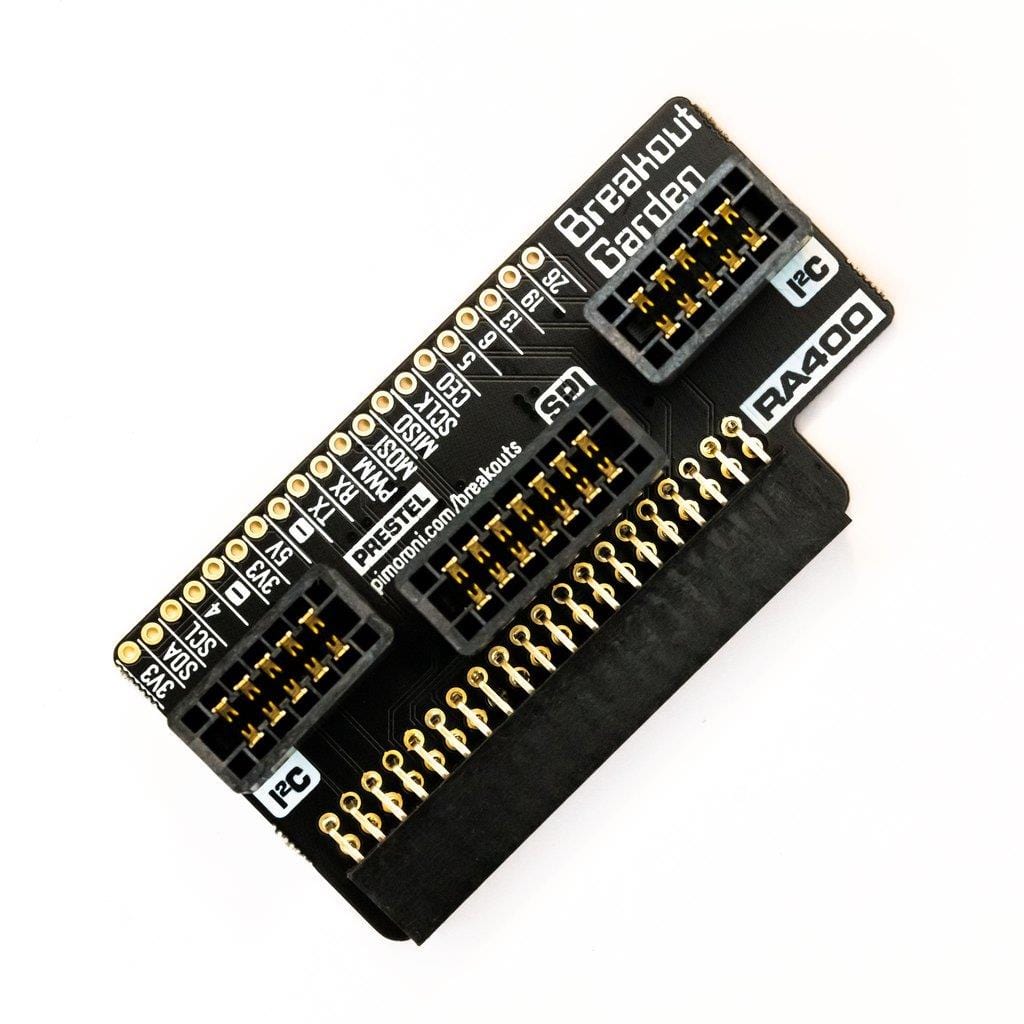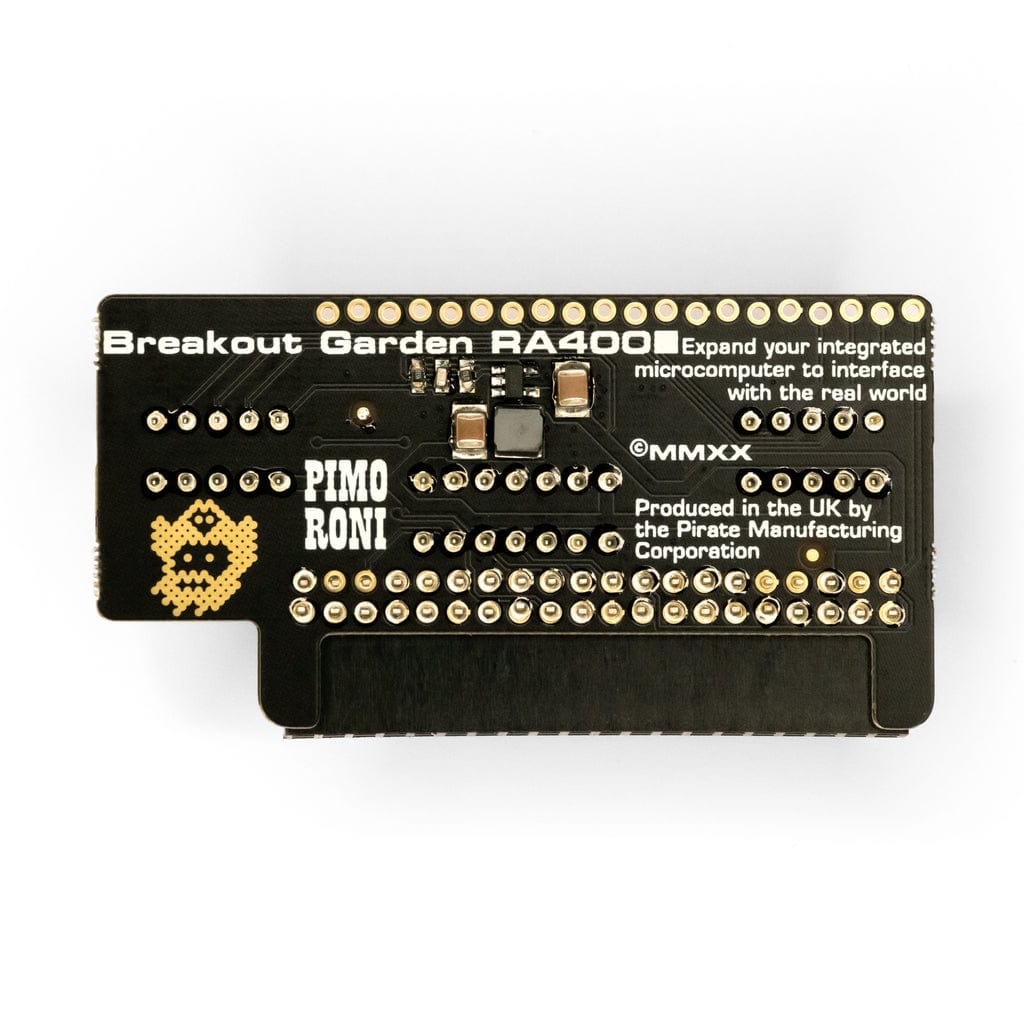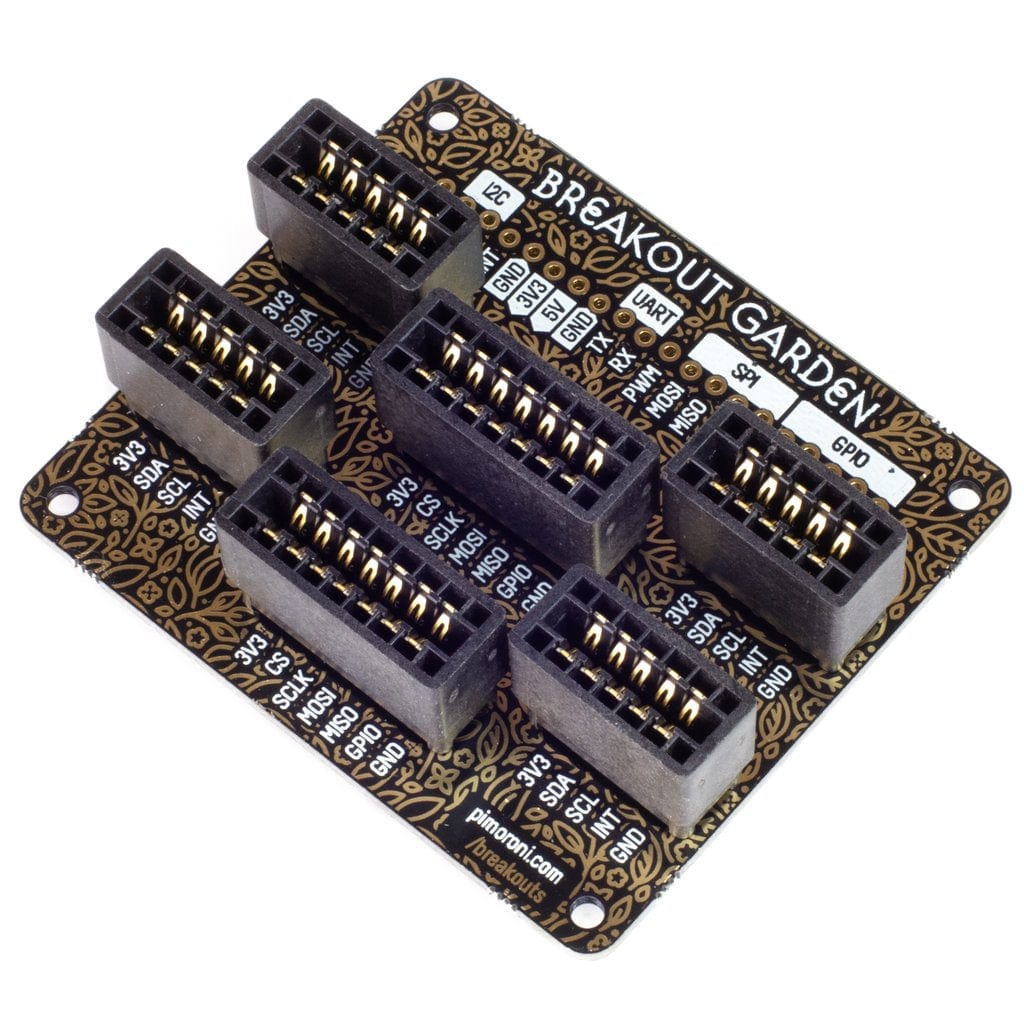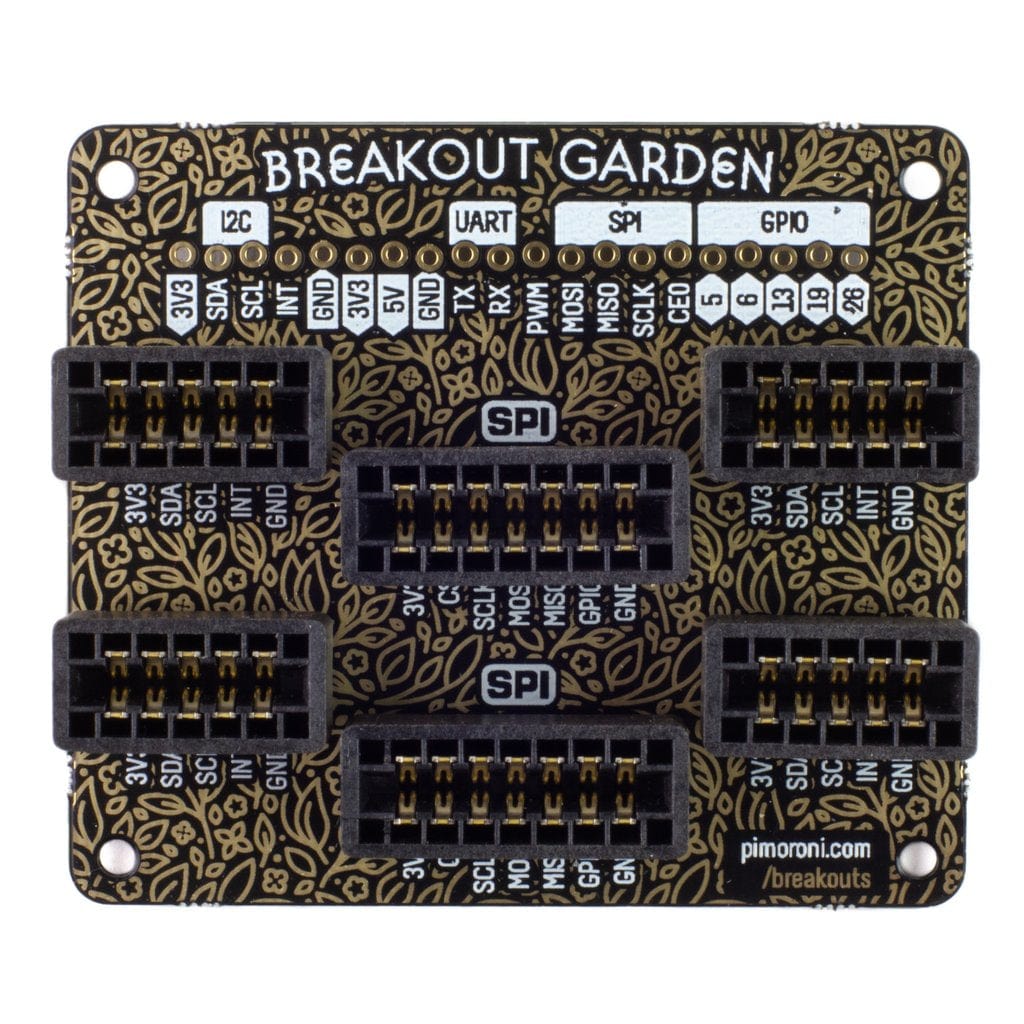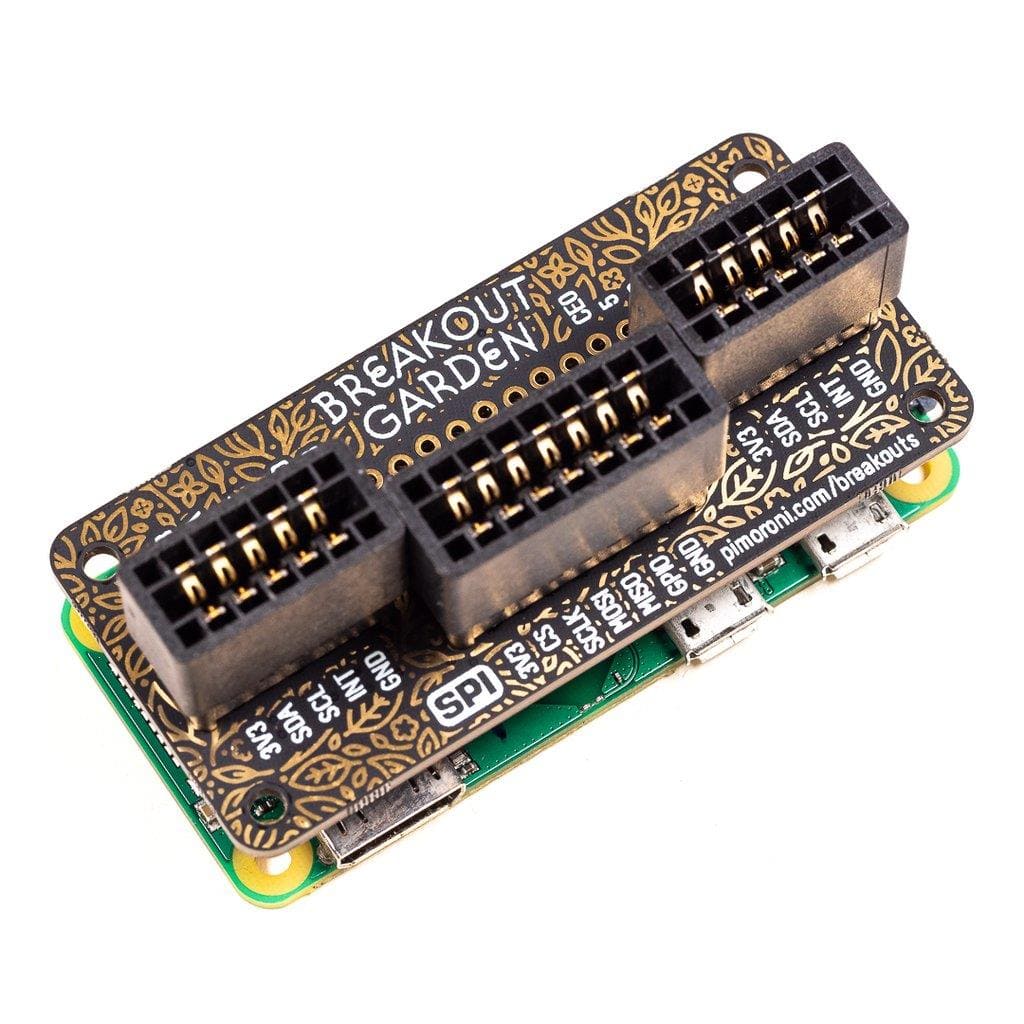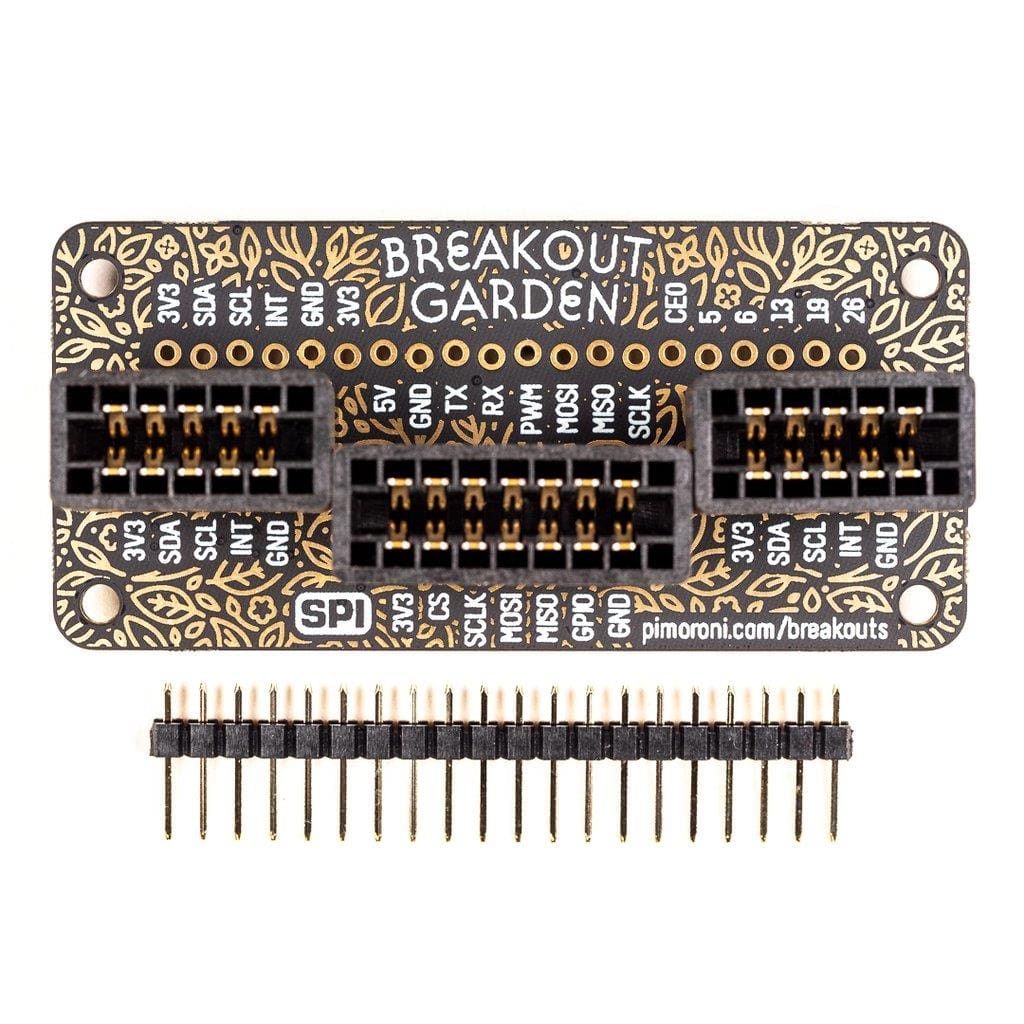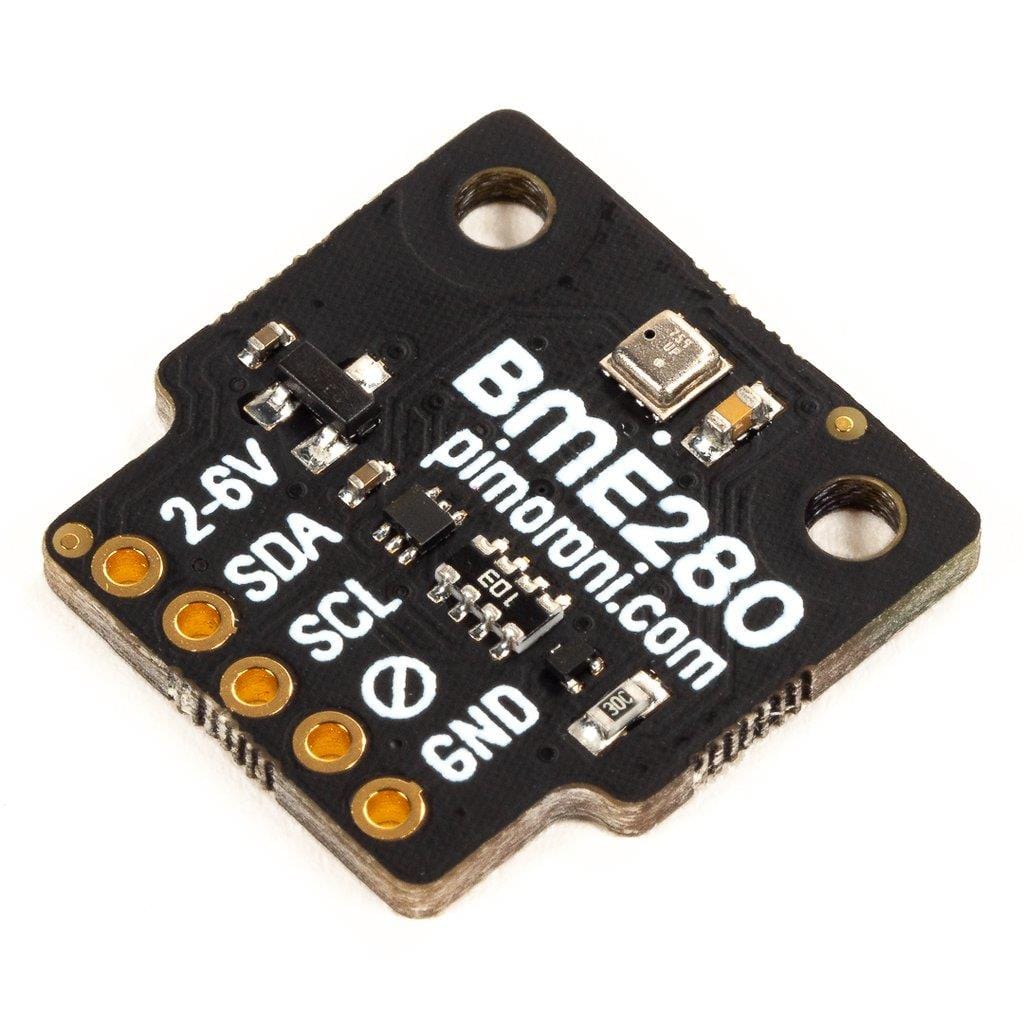
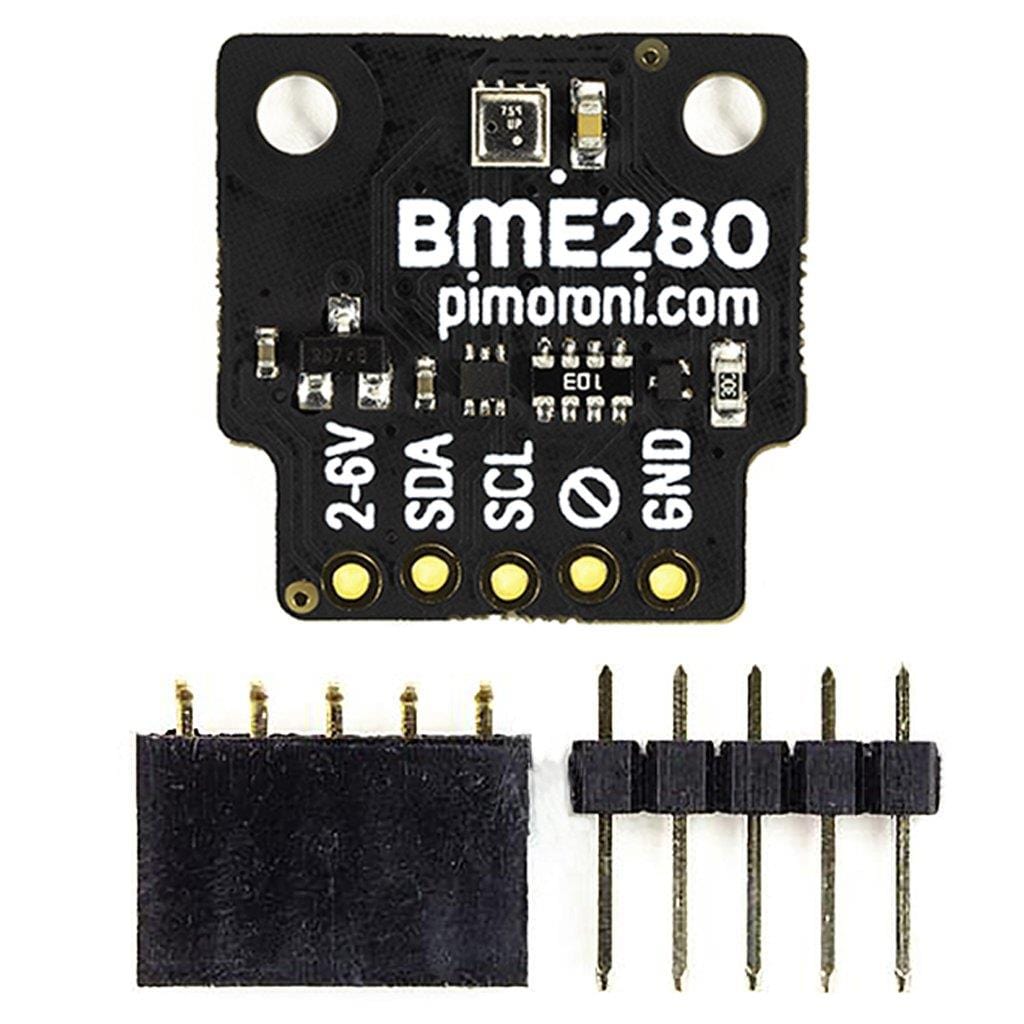
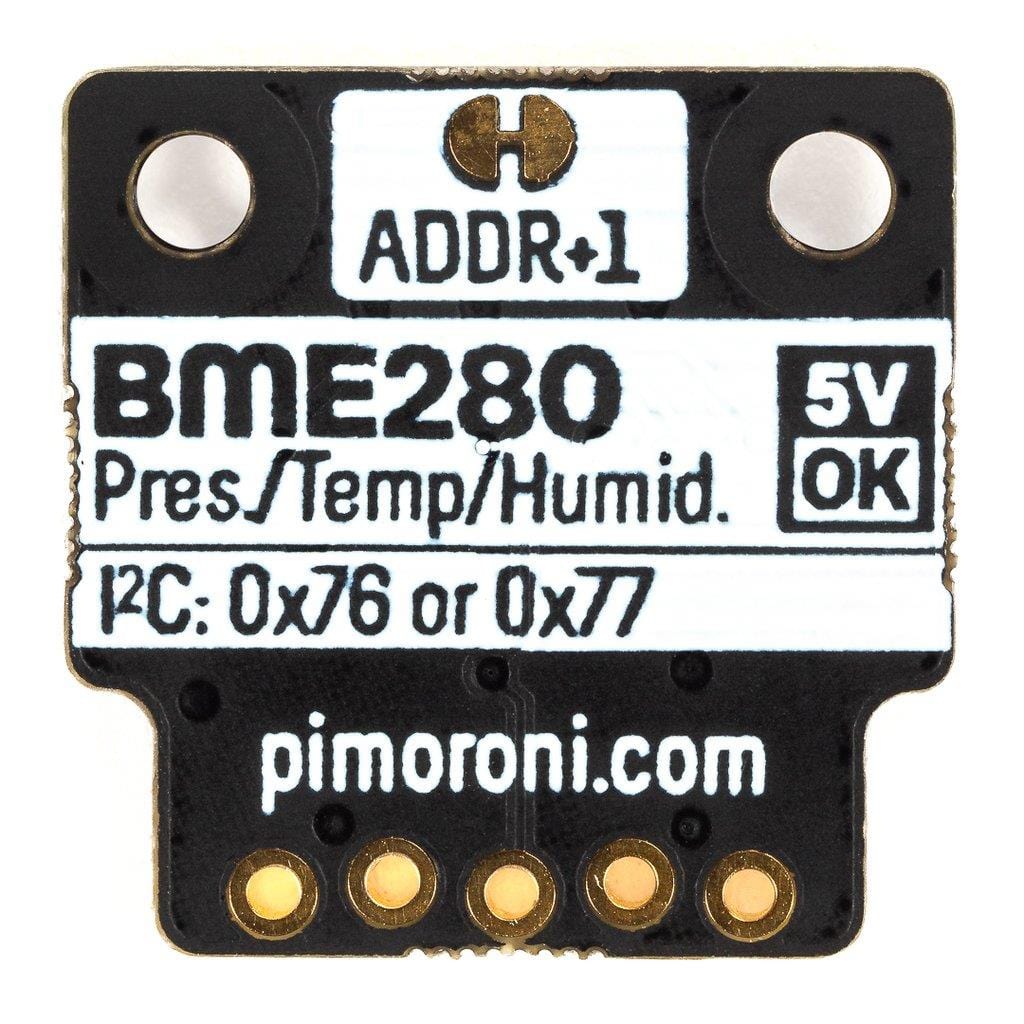
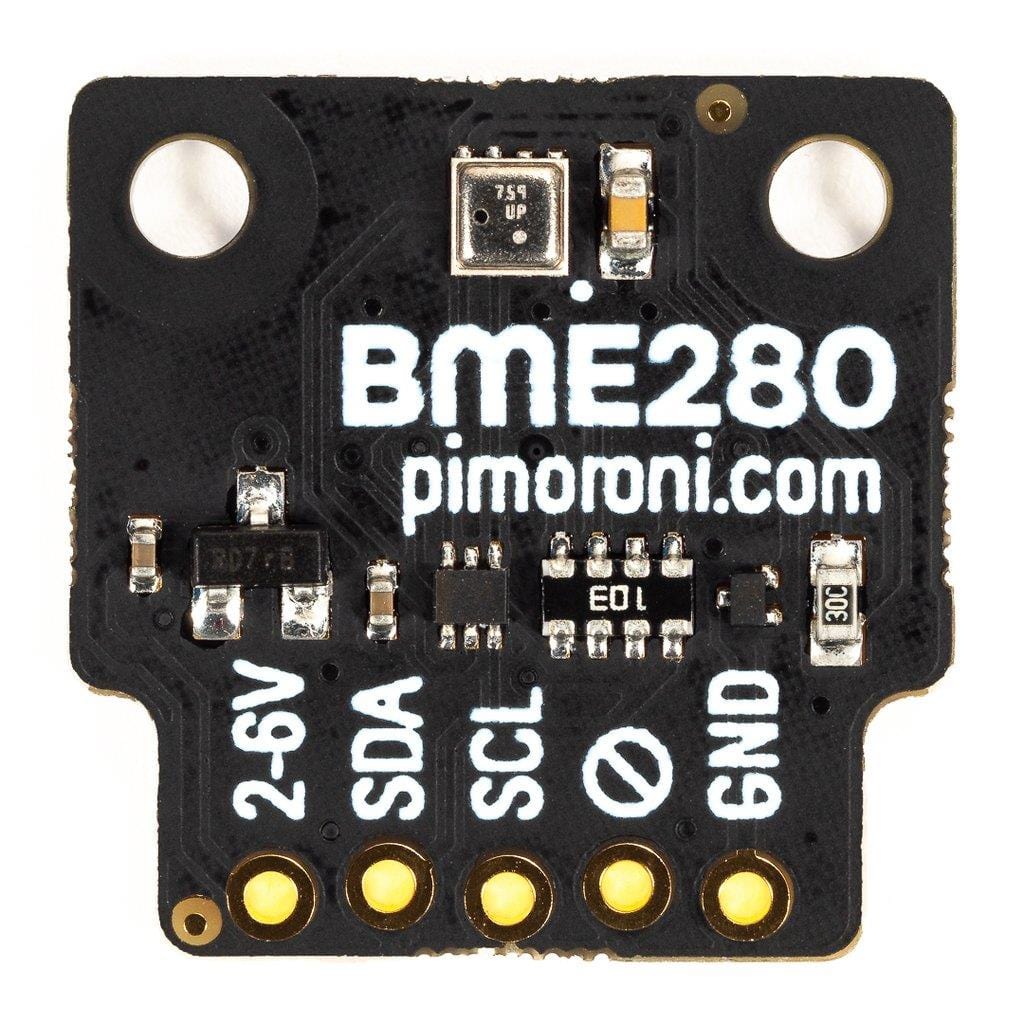
Login / Signup
Cart
Your cart is empty
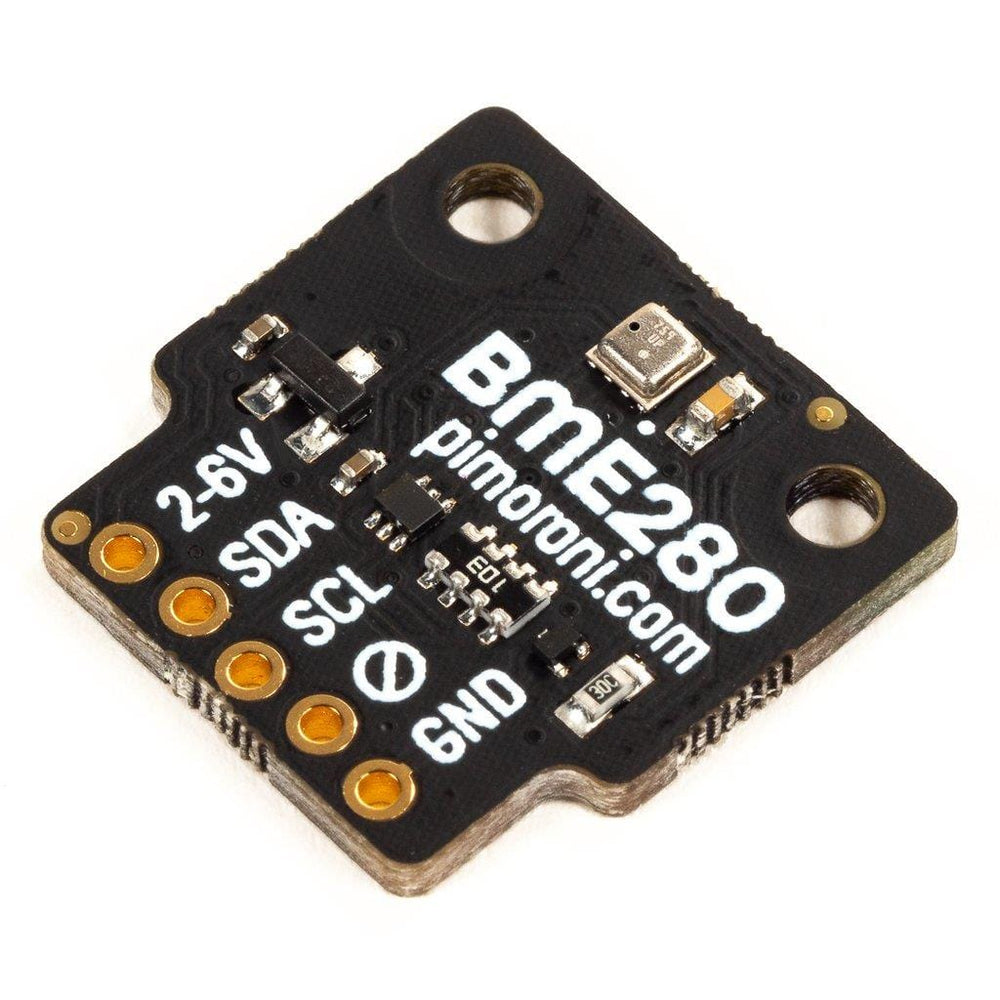
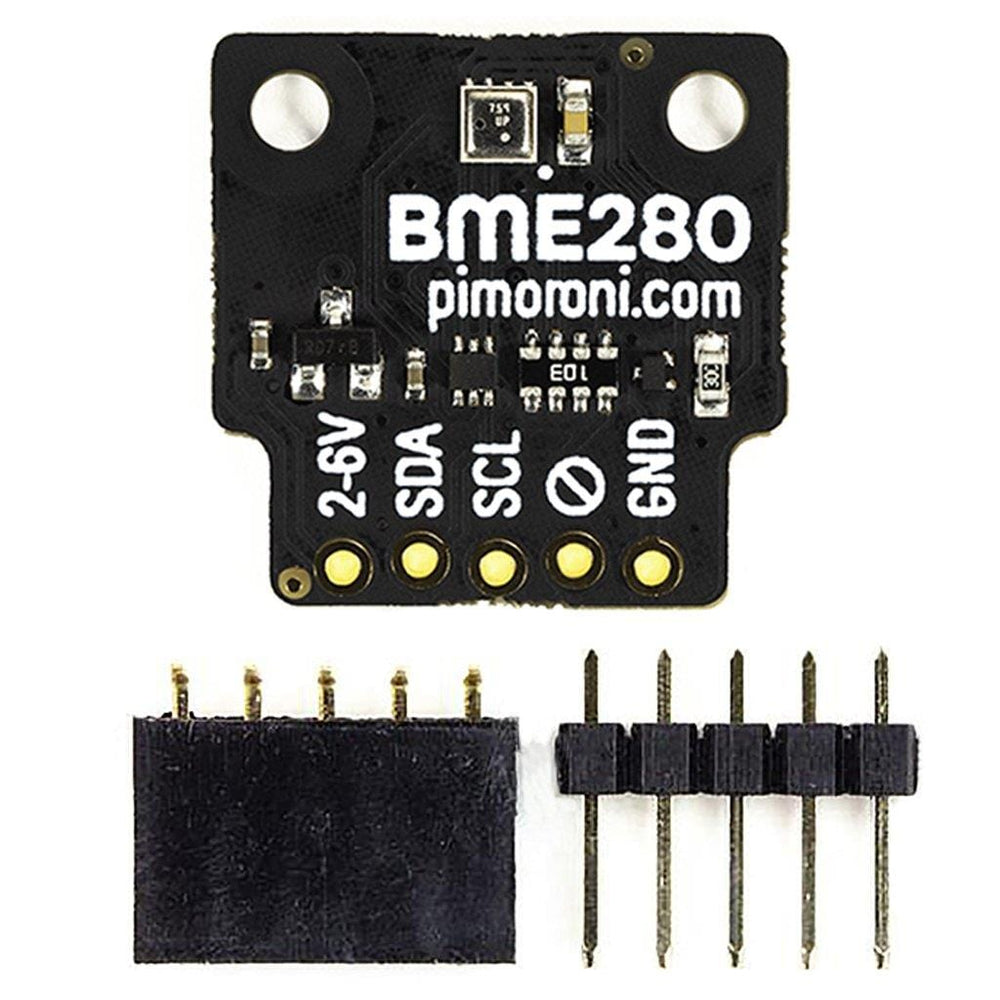
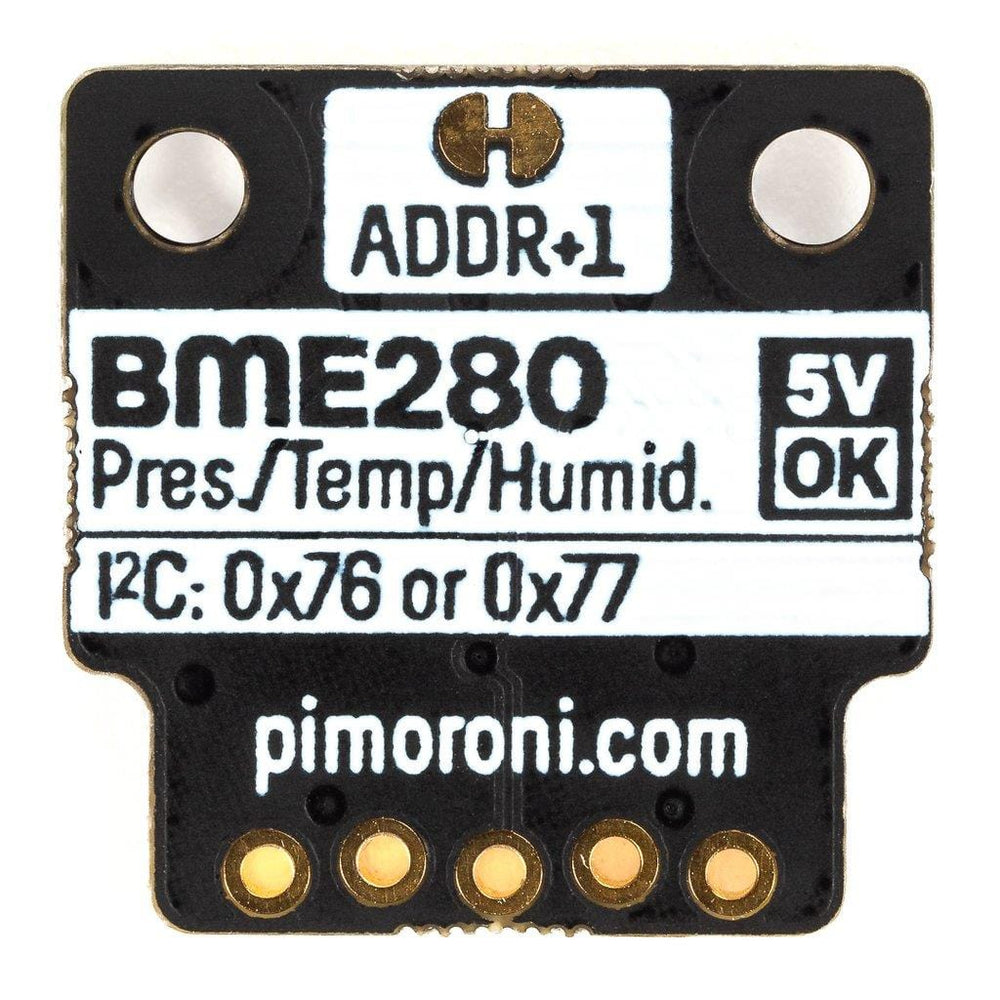
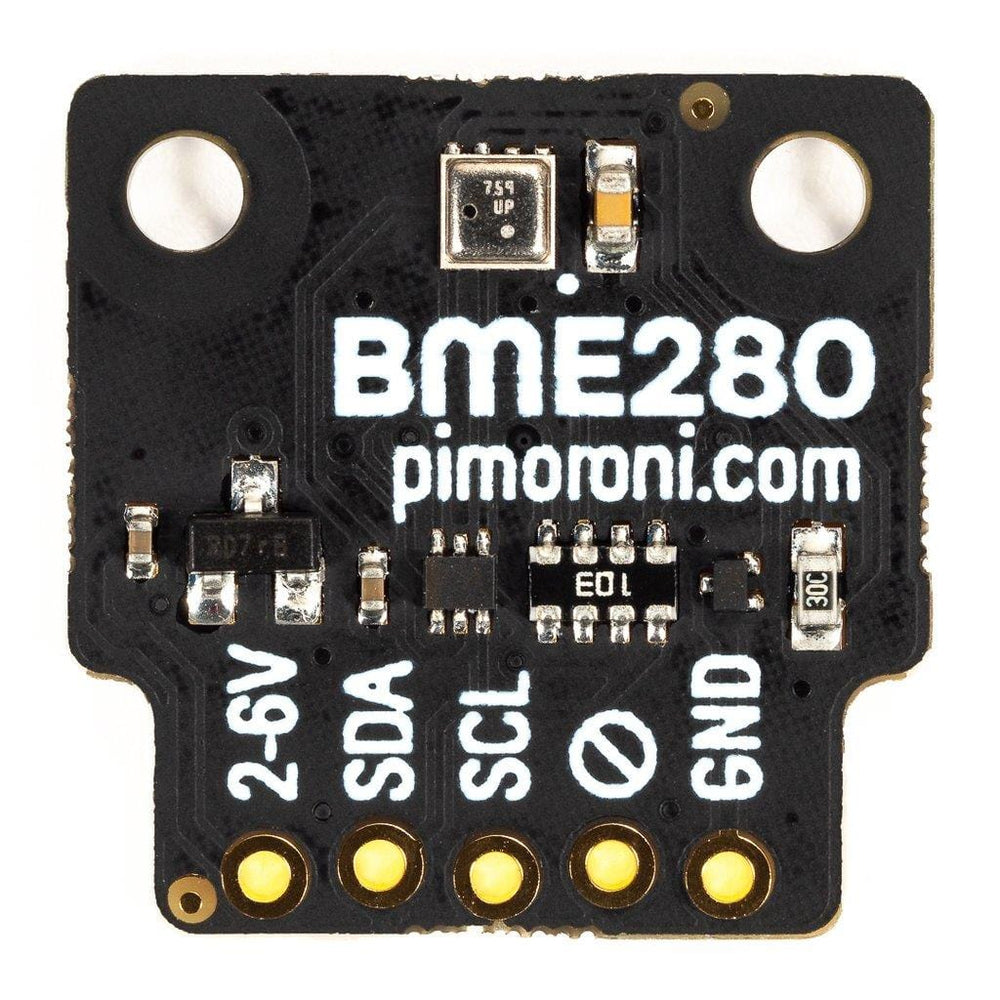
A really nice environmental sensor that's ideal for indoor monitoring of temperature, pressure, and humidity, or even outdoors in a suitable enclosure. Raspberry Pi and Arduino compatible!
We use this sensor on our Enviro+ environmental monitoring board, but it's such a nice sensor that we thought we'd pop it onto a breakout! The BME280 is a great sensor for monitoring conditions around your home.
If you're an iOS user, then there's a Homebridge plugin for the BME280 to let you use the sensor for home automation and monitoring.
It's also compatible with the fancy Breakout Garden, where using breakouts is as easy just popping it into one of the six slots and starting to grow your project, create, and code.
Check out our full range of Breakout's and Breakout Garden's here
We've designed this breakout board so that you can solder on the piece of right-angle female header and pop it straight onto the bottom left 5 pins on your Raspberry Pi's GPIO header (pins 1, 3, 5, 7, 9). The right-angle header also has the advantage of positioning the breakout away from the Pi's CPU so as to minimise radiated heat.
We've put together a Python library for the BME280 sensor, with handy functions to read all of the values, and a few nice little examples of how to use it.





